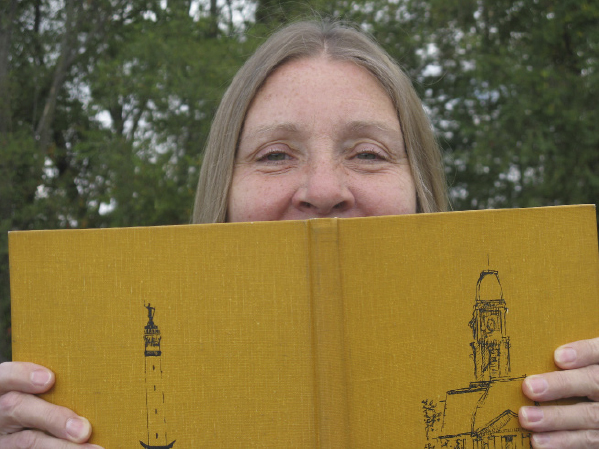Frank Hawkins’ Civil War Tale of Survival

I was having a hard time coming up with a topic for this week’s column that would be both appropriate to this time of year AND something I hadn’t written about before.
Then I thought of the tale of Frank Hawkins at Gettysburg. The battle of Gettysburg, a turning point in the Civil War, took place over three days, from July 1 to July 3, 1863.
I’ve visited Gettysburg several times, and with each visit I’ve found myself more and more fascinated by the events that occurred there. That’s why Hawkins’ experience caught my eye.
I doubt many people today have ever heard of Frank A. Hawkins, but during his lifetime he was one of Hamilton County’s best known residents.
Born in 1844, he was less than two years old when his mother died. Three years later his father was dead as well, leaving young Frank to be raised by his grandfather.
When he was 15, he went to live with his uncle, Simeon, just north of Carmel.
In May of 1862, the patriotic 18 year-old Hawkins left his uncle’s farm and walked 14 miles to Indianapolis to enlist in the 11th U. S. Infantry. He was “uniformed and sworn into the service of his country by 6 o’clock the same evening.”
His first stop was Fort Independence in Boston. In the months that followed, he was present at several major battles: Antietam, Shepherdstown, Fredericksburg and Chancellorsville.
He received a leg wound at Chancellorsville, but it wasn’t serious enough to prevent him from being part of the action at Gettysburg two months later.
On the second day of combat at Gettysburg, he was wounded three times as his regiment pushed from the area near Little Round Top toward the Wheatfield. The first bullet hit his left knee, the second broke off a rib on his left side, and the third passed through his left hand and wrist.
But, that was only the beginning of his nightmare.
Left for dead, he lay on the battlefield for 18 days in the July heat. During that time, another wounded soldier helped him stay alive.
The 1880 county history contains a rather graphic description of his condition on that battlefield, but I’ll spare you that. Just imagine the worst and you probably won’t be far off.
Finally, he was moved to a hospital in York, Pennsylvania thanks to the efforts of one of the Sisters of Charity. (The Sisters of Charity was an order of Catholic nuns who nursed wounded soldiers — both Confederate and Union — during the Civil War.)
Six months later, the “maimed and crippled, care worn and reduced in flesh” Hawkins was honorably discharged from the service and he returned home to Hamilton County.
Given what he’d been through, he might have been excused for sitting back and taking life easy, but instead, he attended Union High School in Westfield, then went to college in Pittsburgh.
Over the next several years, he worked his farm northwest of Noblesville and ran a flax mill just outside the city while he held a variety of civic positions, beginning with his election as Clerk of the Hamilton Circuit Court in 1867.
He was appointed Agent of the Miami Indians twice, was Secretary of the Hamilton County Fair Association, was President of Citizens’ Bank, served a term on the Noblesville City Council, was a candidate for U. S. Marshal and ran for Clerk of the Indiana Supreme Court at the 1872 Republican State Convention.
At the time of his death, his name was even being tossed around as a potential candidate for Congress.
Hawkins died in 1885 at the age of 41 of what the Indianapolis Journal termed “typhoid pneumonia.” He’s buried in Crownland Cemetery.
– Paula Dunn’s From Time to Thyme column appears on Wednesdays in The Times. Contact her at younggardenerfriend@gmail.com
